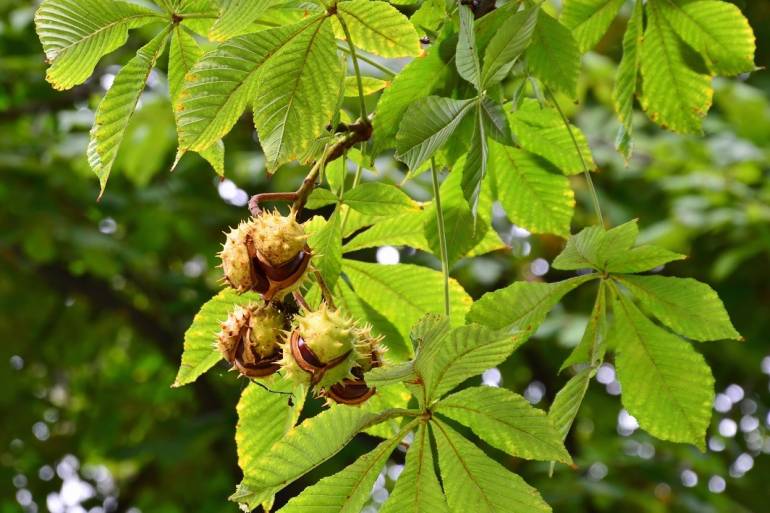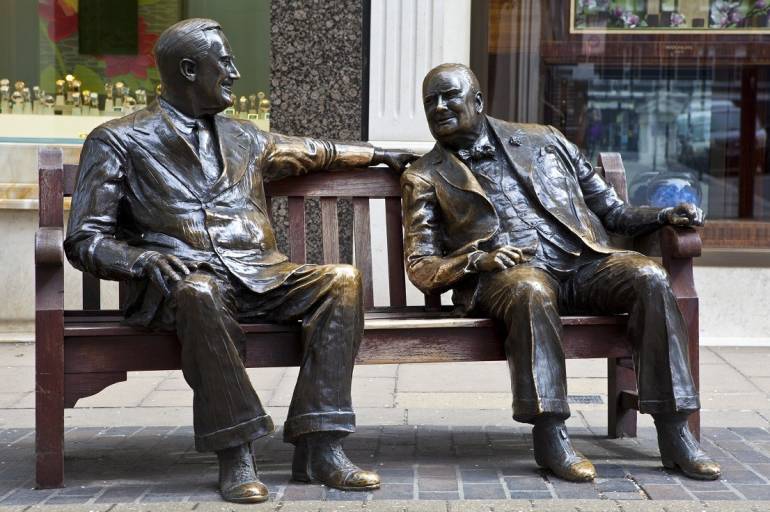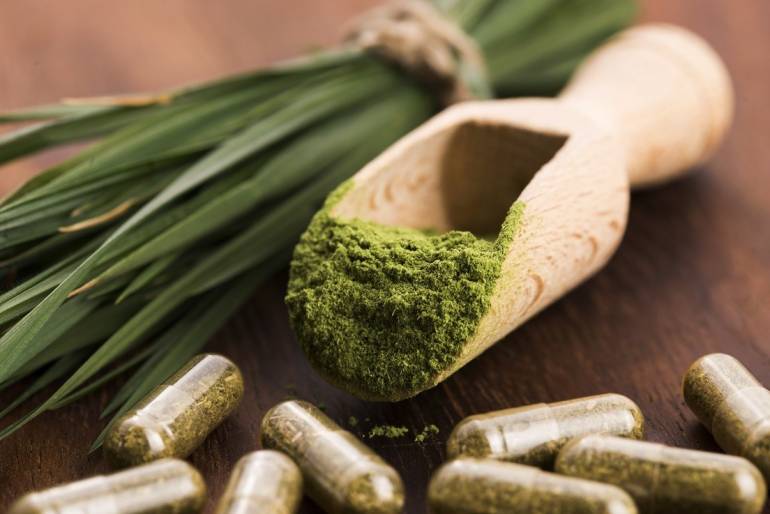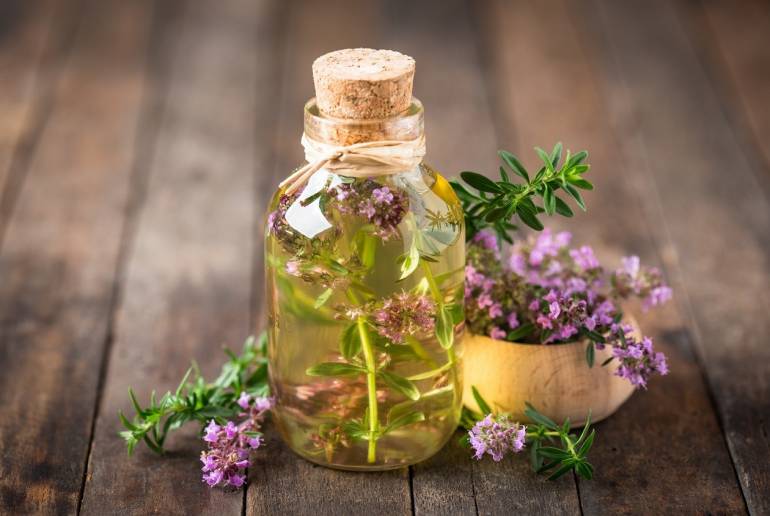The popular chestnut is actually the horse chestnut, almost every part of which is used in medicine and cosmetology. What properties does chestnut extract have? Why are chestnut-based medications and ointments for varicose veins so popular?
The chestnut tree is a mighty tree, widely known for its beautiful flowers that traditionally herald the arrival of matinee time, and its shapely smooth fruits, a symbol of the arrival of autumn. But the chestnut tree has far more to offer.
What properties does horse chestnut extract have?
Almost every part of this plant contains valuable substances. The bark, immature fruits, white flowers and seeds are sources of triterpene saponins, the most important and valued of which is escin. Other compounds in them with beneficial effects on health are: coumarins, flavonoids, phenolic acids, tannins. The seeds additionally contain carotenoids, sterols, sugars, starch and minerals. In medicine and the cosmetic industry, chestnut flowers and bark are most often used as raw material due to their composition and high concentration of valuable substances.
Compounds contained in horse-chestnut seed extract have wide-ranging properties: they inhibit the development of inflammation, act as an antihypertensive and astringent, seal the walls of blood vessels and restore their elasticity, inhibit the formation of edema and facilitate its relief, reduce pain, act as an anticoagulant and increase the proper blood supply to tissues.
The use of horse chestnut extract in medicine and cosmetics
Horse-chestnut for varicose veins – the aforementioned Aescin alleviates inflammation that damages blood vessels and strengthens vein walls, which prevents their stretching and the formation of varicose veins. Horse-chestnut extract is an important ingredient in varicose vein medications (e.g. in tablet form, such as the varicose vein and edema drug Esceven), gel and ointment for varicose veins.
Horse chestnut strengthens blood vessels – it is an important ingredient in cosmetic lines designed for vascular skin. Creams, lotions and masks based on horse chestnut extract naturally inhibit the formation of “spider veins”. This is due to escin, flavonoids and coumarins, which strengthen the walls of the vessels and seal them, while reducing their tendency to burst. Horse chestnut extract can also be found in cosmetics that improve skin tone, including creams for flabby and mature skin.
Horse chestnut has anticoagulant effects – escin and flavonoids reduce the viscosity of blood, dilute it and facilitate its flow. They also have an effect on delaying clotting processes, which results in improved blood flow and prevents the formation of clots inside blood vessels. This property of horse-chestnut extract has found use in hemorrhoid medications (such as Aesculan horse-chestnut ointment for hemorrhoids), in the treatment of venous stasis, in disorders of tissue blood supply and in the treatment of thrombophlebitis.
Horse chestnut for edema. Substances from horse chestnut, which seal blood vessels and strengthen their walls, also prevent blood plasma from exuding from the vessels into the surrounding tissues. Chestnut ointments and gels for edema (such as Esceven gel) relieve the feeling of so-called heavy legs, soreness, reduce swelling and improve the condition of blood vessels in the lower limbs. They are recommended for people who are predisposed to the formation of edema, such as those who spend a long time sitting or work standing.
Horse chestnut extract as a remedy for hematoma, tendonitis and frostbite. The substances in horse chestnut have anti-inflammatory, astringent, improved blood flow and antibacterial properties. They are used to treat skin injuries, such as bruises, frostbite and minor burns. Chestnut-based preparations are also recommended for relieving symptoms of tendonitis. Poultices made from infusions of chestnut flowers, bark or leaves are used in the treatment, which reduce hematomas and swelling, accelerate the absorption of exudates and improve blood circulation in the skin.
Cosmetics with horse chestnut for cellulite. The anti-edematous effect of horse chestnut extract, which simultaneously improves microcirculation and seals blood vessels, has been used to combat cellulite. Massages with chestnut-based cellulite cosmetics facilitate the removal of toxins from the subcutaneous tissue, which becomes apparent in the form of a reduction in “orange peel.”







